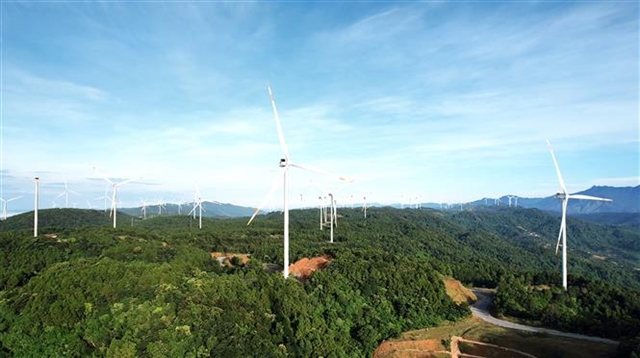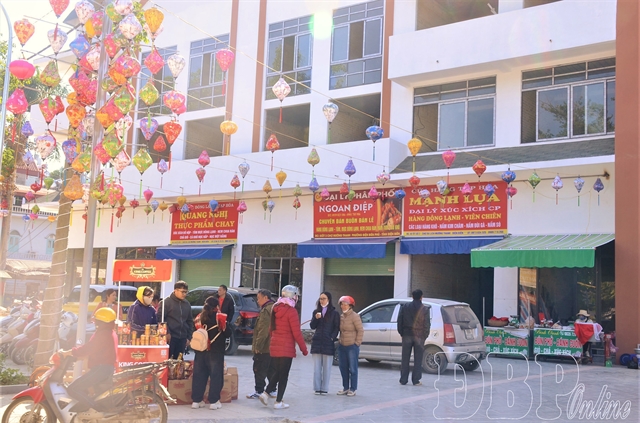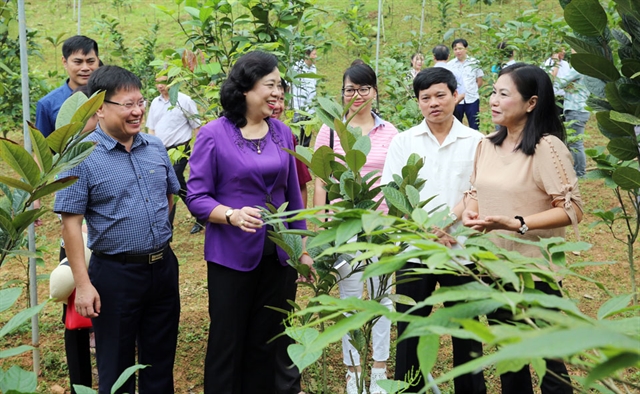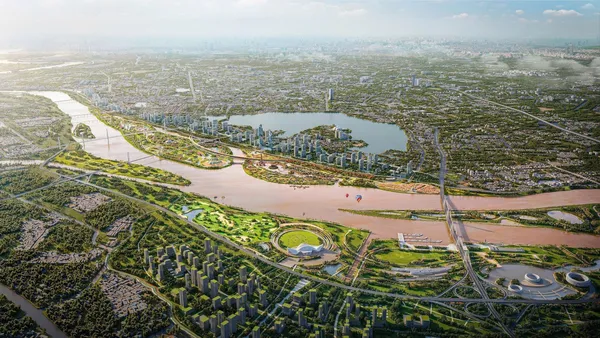 Society
Society


|
| Ngô Thị Thanh Hằng, member of the Party Central Committee and a permanent member of the Hà Nội Municipal Party’s Committee visits a new rural model in Bắc Sơn Commune, Sóc Sơn District, Hà Nội. — Photo hanoimoi.vn |
Ngô Thị Thanh Hằng, member of the Party Central Committee and a permanent member of the Hà Nội Municipal Party’s Committee talks to Hà Nội Mới (New Hà Nội) newspaper about achievements of the city over the last 10 years.
What are the most notable achievements for Hà Nội over the last 10 years?
In the spirit of Resolution No15 of the 12th Legislature of the National Assembly, Hà Nội’s geographical areas will increase 4 times compared with that of the old Hà Nội City.
According to the plan, Hà Nội’s rural area will account for some 80 per cent of the city’s total area and its population will be about 60 per cent of the whole city.
To turn this plan into reality, Hà Nội will face many challenges, particularly in its vast rural area. The average income of people living in rural areas in 2010 was just VNĐ13 million (US$580) per annum. There was also a big gap in income and quality of life between people living in rural areas and those living in urban areas.
At its municipal Party Congress, the Hà Nội Party Committee adopted a programme titled ‘Agricultural development – building new rural areas and improving farmers’ living conditions’. This would be a major programme for the period from 2010 to 2020.
After almost 10 years of implementing the programme, Hà Nội has witnessed many successes in the field of agriculture, particularly in building new rural areas. Now six outlying districts have been awarded the title ‘New Rural Area’. In the city, 325 of 386 communes, or 84 per cent of all communes, have completed the new rural area programme, and three communes of Đan Phượng, Song Phượng and Liên Trung from Đan Phượng District won the title of 2018 New Rural Areas.
What are some notable changes experienced by people living in Hà Nội’s rural areas?
The programme has had a strong impact on people living in Hà Nội’s rural areas as well as in the socio-economic development of Hà Nội.
Their living conditions, including their spiritual lives, have improved considerably. The value of agricultural production increased from VNĐ133 million per hectare per year (in 2010) to VNĐ259 million in 2018; the average income per capita in rural areas was VNĐ13 million in 2010, yet by 2018 the sum jumped to VNĐ46.5 million.
What has Hà Nội done in the 10 years from 2010-20, and what are the city’s plans for the future?
As mentioned above, in the last 10 years we have seen many remarkable successes in the course of implementing the programme of the Party Central Committee. However, I acknowledge there remain some limitations. The process has not reached its potential, while the resources for the programme of building new rural areas still mainly come from the State budget. Additionally, the number of poor households remains rather high in the districts of Ba Vì, Mỹ Đức and Chương Mỹ.
That’s why the Steering Committee of the Programme 02-CTr/TU of the Hà Nội Party Committee has set a goal that by late 2020, 85 per cent of communes will be awarded the title ‘New Rural Area’ – an increase of 5 per cent against the set target.
According to the plan, by 2025, income per capita of people living in rural areas of Hà Nội will be at least VNĐ60 million. Some 95 per cent of working people will have regular jobs and the percentage of poor households will drop to less than 1 per cent. 100 per cent of people living in rural areas will have access to clean water while 90 per cent will have signed up for the health insurance scheme. — VNS




